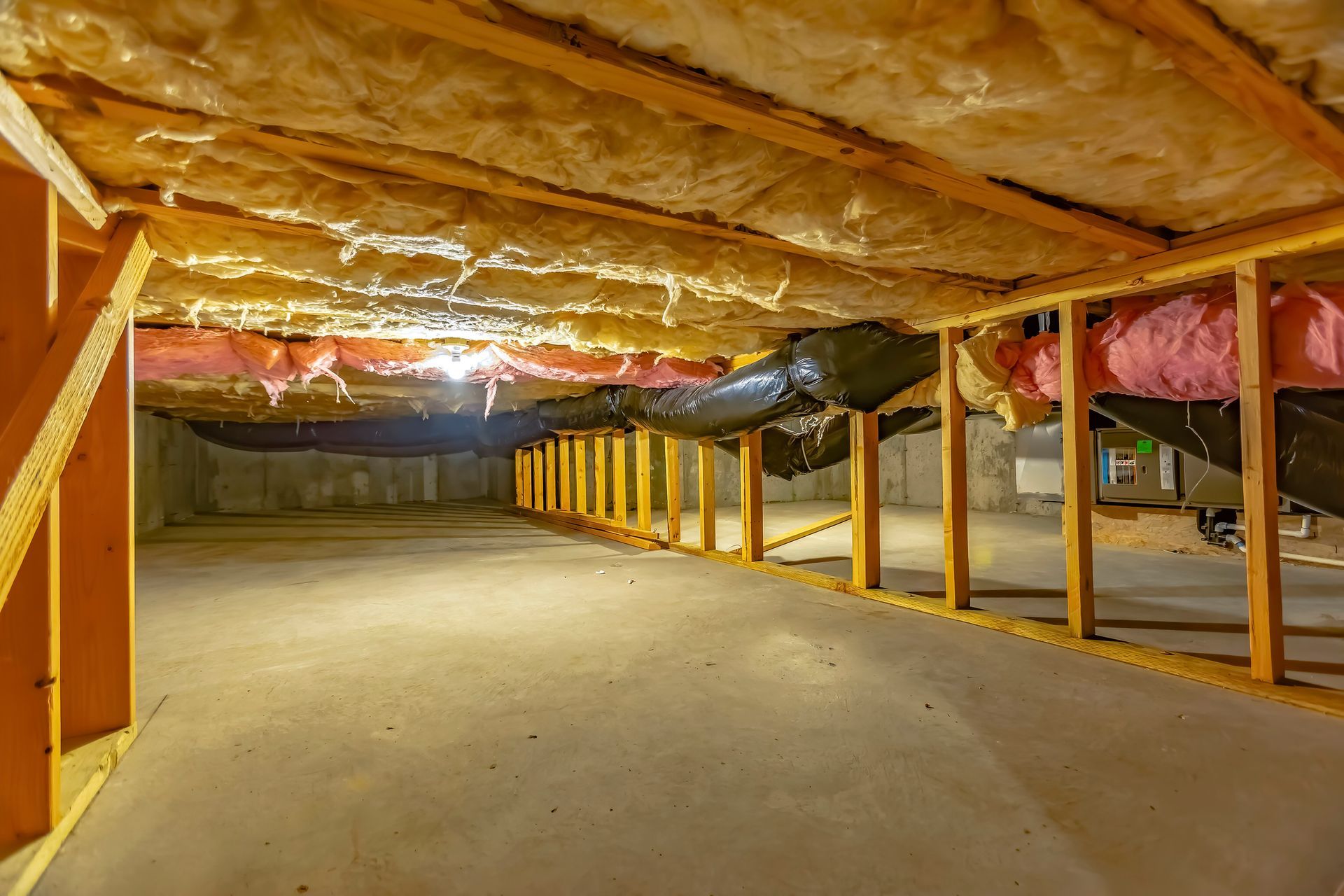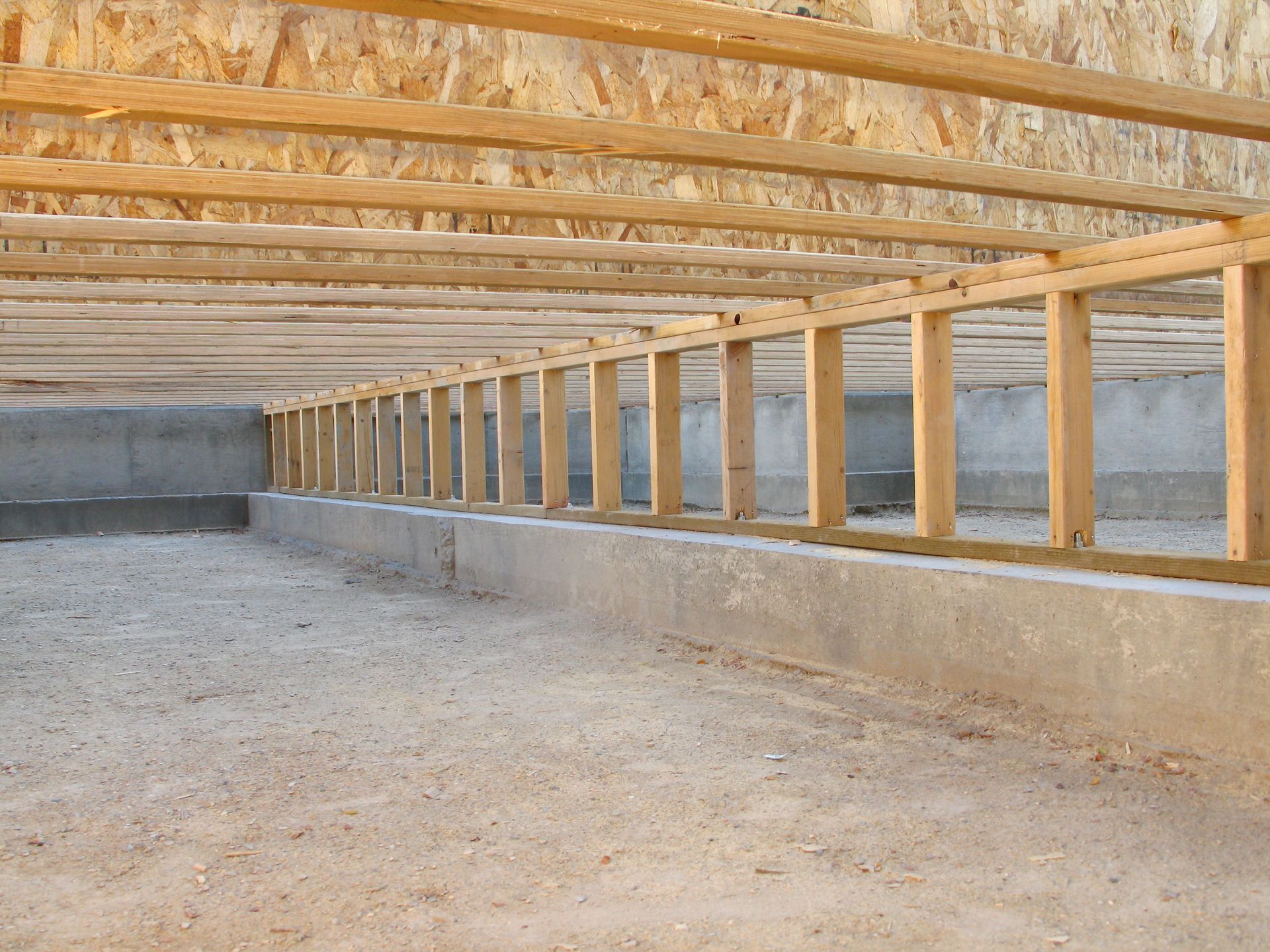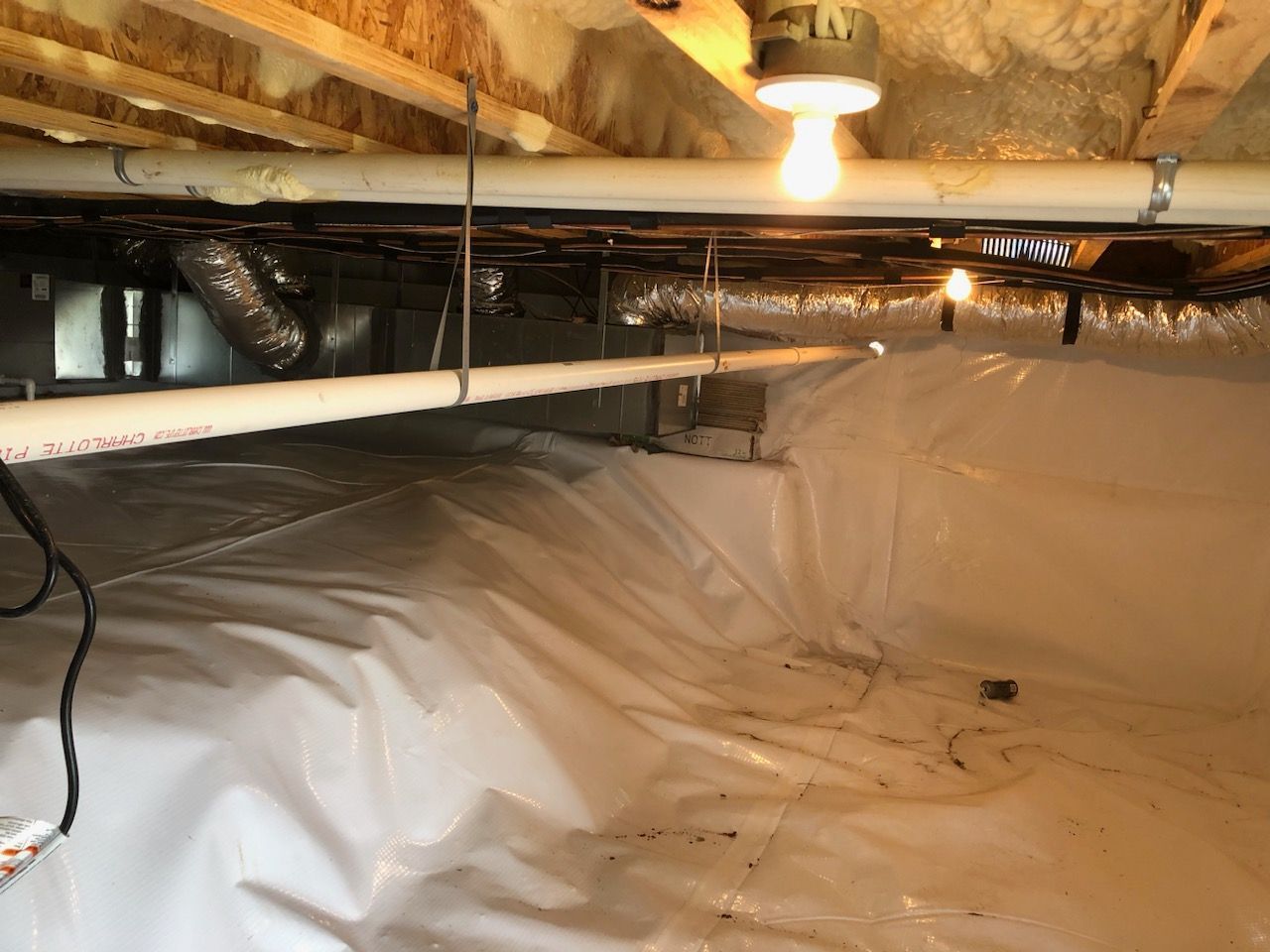BLOG

February 27, 2025
Greene Planet Mold Removal recently completed an outstanding crawl space encapsulation for a home in Forsyth, MO. Our team worked diligently to seal off the crawl space, effectively preventing moisture buildup and eliminating the risk of mold growth. This process not only improves air quality throughout the home but also helps to protect the structure from potential damage. The homeowners now have peace of mind knowing their home is safeguarded from harmful elements, and they can enjoy a cleaner, healthier living environment. Another job well done by Greene Planet Mold Removal!
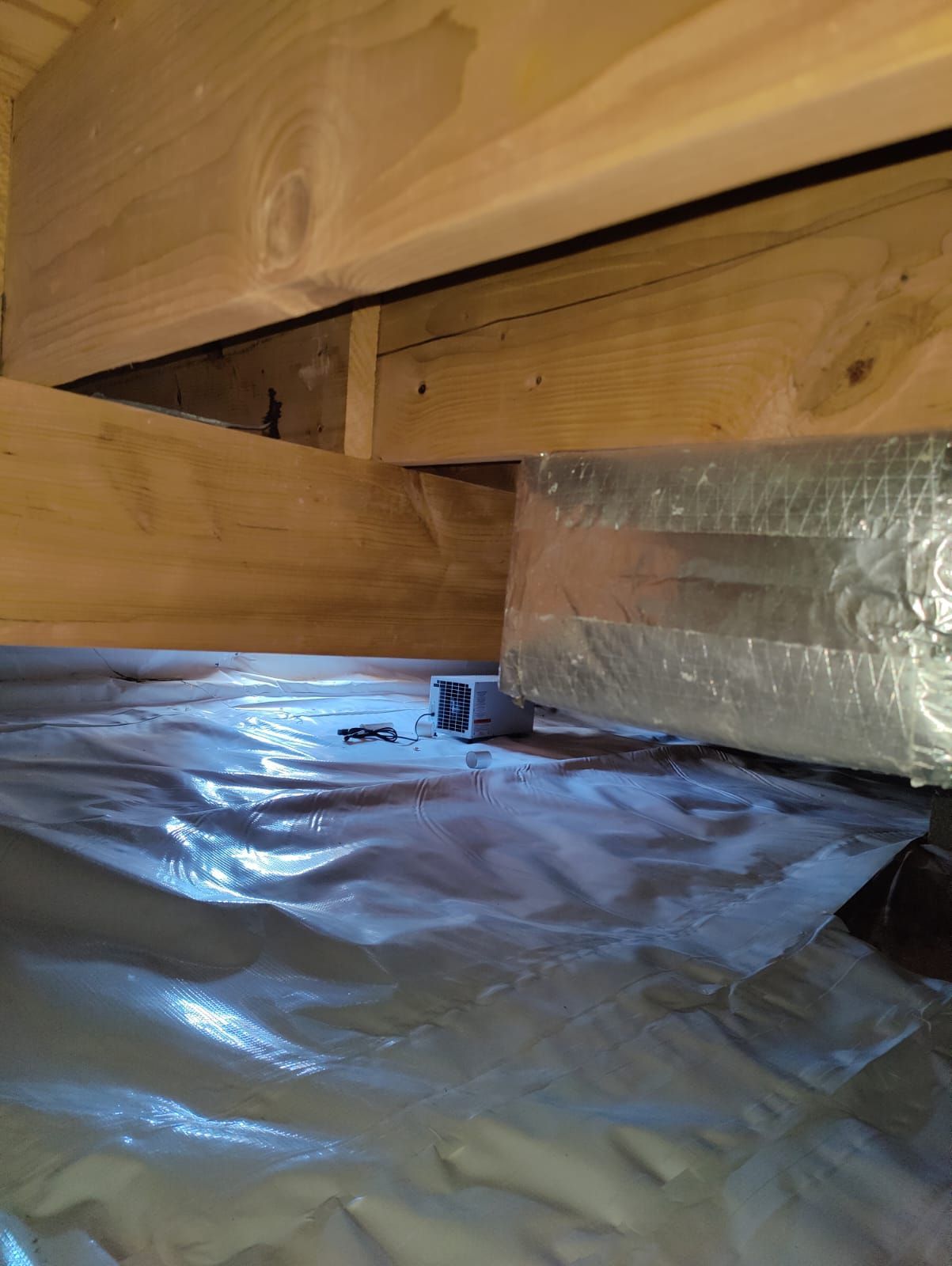
February 1, 2025
Say goodbye to mold the safe, eco-friendly way with Greene Planet Mold Removal! Using cutting-edge Dry Ice Blasting technology , we removed mold in this Rolla, MO home without the use of harsh chemicals. It's the newest trend in non-toxic, effective mold remediation – because your home deserves the best, and so does the planet! Check out these before and after pics
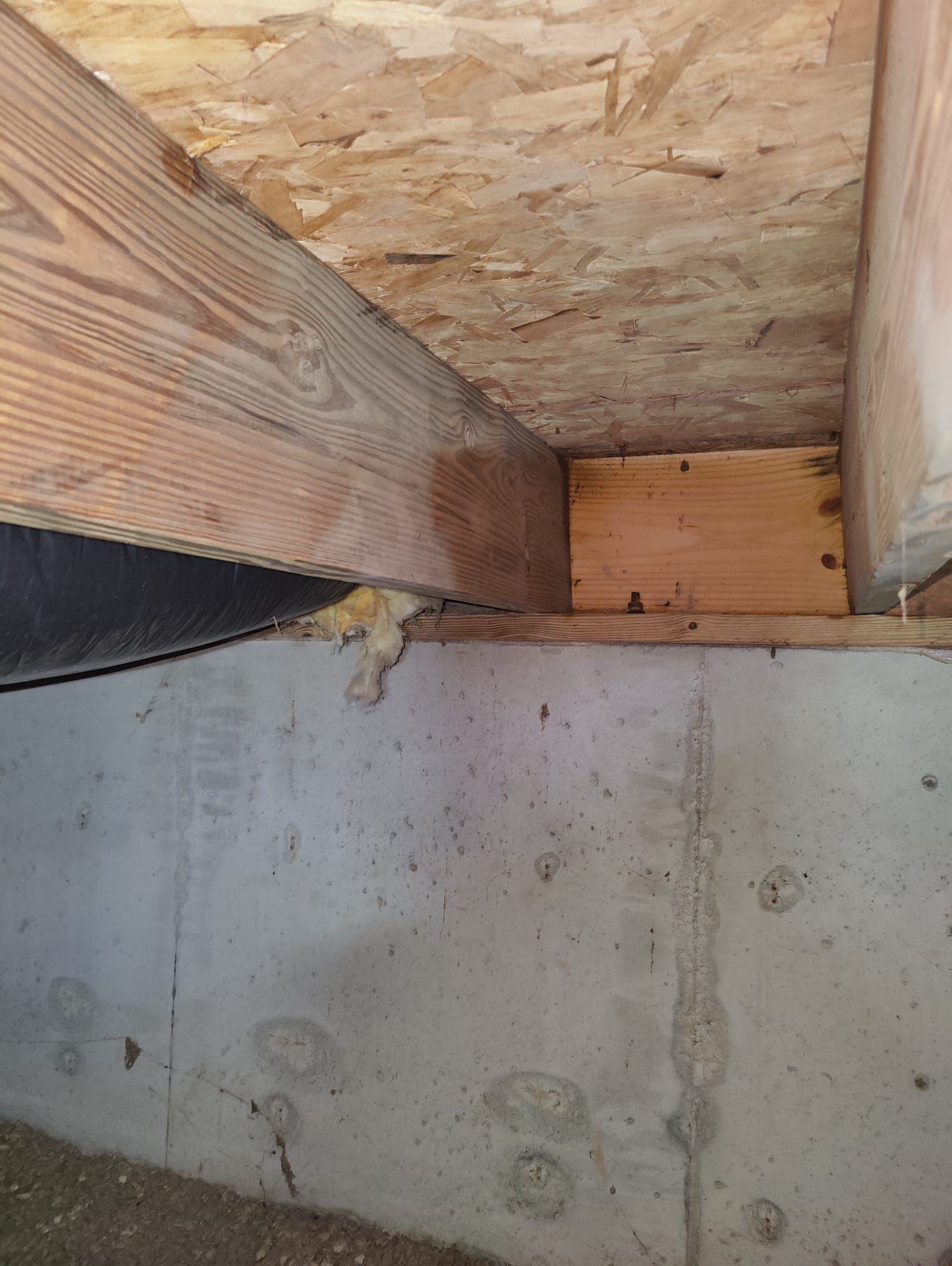
January 13, 2025
Greene Planet Mold Removal came to the rescue in Humansville, MO, when a homeowner faced a stubborn mold problem. —the team was able to tackle the issue quickly and efficiently. Using the latest in mold removal technology-Dry Ice Blasting This method is not only incredibly effective but also completely safe, as it doesn’t rely on any harsh chemicals or toxins. The result? The mold was gone, and the home was left feeling fresh, clean, and completely mold-free, with no harmful side effects. It’s a perfect solution for anyone looking to restore their home to a healthier, safer environment without the worry of toxic fumes or chemicals.
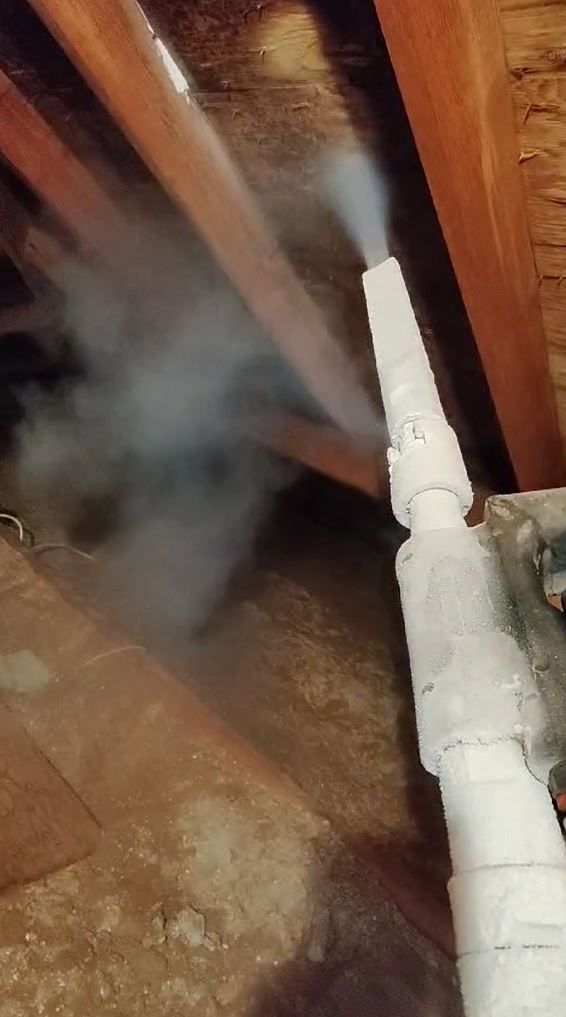
November 26, 2024
Dry Ice Blasting for non-toxic mold removal in Springfield, MO . Our technicians use dry ice blasting to effectively remove mold from your home in a non-toxic and environmentally friendly way. This method involves blasting solid CO2 pellets at high speed to gently dislodge mold from surfaces without the use of harsh chemicals. The process is safe, quick, and leaves no residue behind, making it an ideal solution for mold removal while preserving your indoor air quality and the integrity of your property.

May 24, 2024
Greene Planet Mold Removal helped this home with home mold remediation in Ozark, Mo. We were able to thoroughly clean and restore the door to it’s original appearance. The mold, discoloration and odor was eliminated to prevent any compromised areas from further structural integrity loss or future health hazards. These are just a few before and after pics from a larger job by Greene Planet Mold Removal. This structure is now clean, safe and visually appealing.
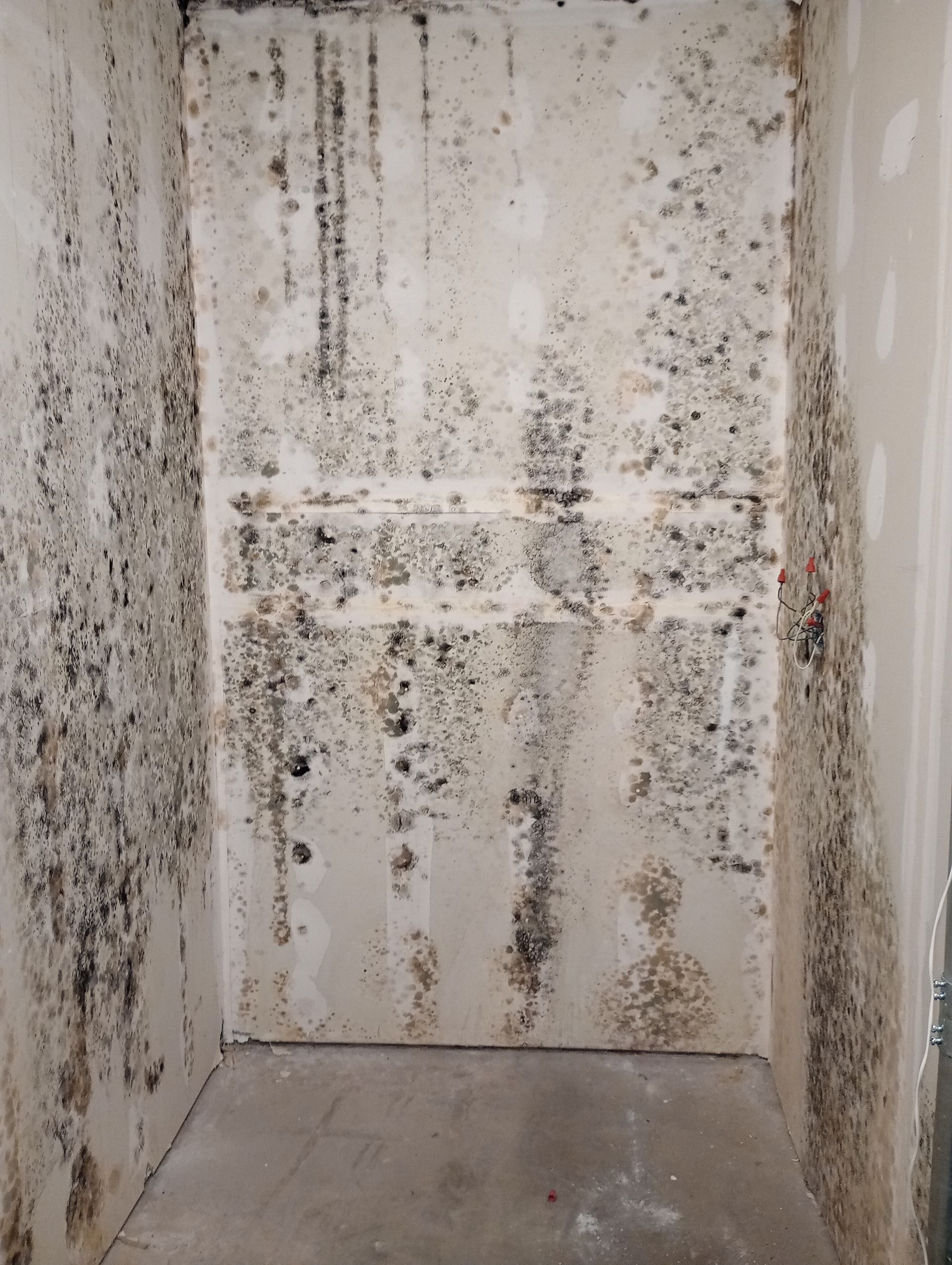
May 23, 2024
Black mold (Stachybotrys chartarum) is a serious concern due to its potential health risks and the difficulty of its removal. Here are the key reasons why it is essential to have a mold removal specialist handle black mold remediation: Health Risks Black mold can produce mycotoxins, which are harmful compounds that can cause a range of health issues, especially in individuals with respiratory problems, allergies, or weakened immune systems. Common symptoms include: Respiratory issues (coughing, sneezing, asthma attacks) Skin irritation Headaches Fatigue Severe allergic reactions
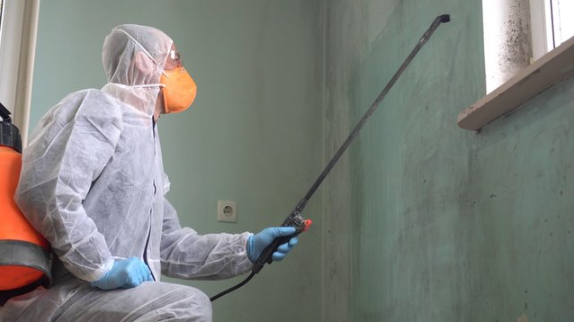
March 30, 2024
Mold removal is important regardless of the season, but the urgency and methods may vary depending on the time of year. Here's a breakdown of the importance of mold removal during different seasons: Spring: Spring brings warmer temperatures and increased humidity, creating optimal conditions for mold growth. Melting snow and increased rainfall can lead to moisture intrusion in homes, providing additional breeding grounds for mold. Pollen and other allergens prevalent in spring can exacerbate health issues for those sensitive to mold spores, making prompt removal essential. Summer: High temperatures and humidity levels during summer can accelerate mold growth, particularly in poorly ventilated areas. Increased outdoor activities may track in moisture, promoting mold growth in carpets, clothing, and other textiles. Air conditioning systems can also harbor mold if not properly maintained, spreading spores throughout the home. Fall: Falling leaves and organic debris can accumulate in gutters, leading to water backup and potential moisture problems in the home. As temperatures drop, condensation can form on windows and other cold surfaces, providing moisture for mold growth. Mold spores released by outdoor fungi during the fall can find their way indoors through open windows and doors. Winter: Indoor heating can create dry conditions, but inadequate ventilation can lead to pockets of moisture where mold can thrive, such as bathrooms and kitchens. Snow buildup on roofs can cause ice dams, leading to water infiltration and mold growth in attics and ceilings. Mold growth may go unnoticed during winter months when homes are sealed tightly against the cold, exacerbating indoor air quality issues. Regardless of the season, prompt mold removal is crucial to prevent health problems, structural damage, and further spread of mold spores. It's essential to address the underlying cause of moisture intrusion and employ appropriate remediation techniques, such as proper ventilation, moisture control, and thorough cleaning. Professional assistance may be necessary for extensive mold infestations or for individuals with allergies or respiratory conditions. Regular inspection and maintenance of homes can help mitigate mold growth year-round.
Quick Links
business hours
- Mon - Fri
- -
- Sat - Sun
- Closed
SERVICE AREA
40 Miles Around Springfield, MO
Content, including images, displayed on this website is protected by copyright laws. Downloading, republication, retransmission or reproduction of content on this website is strictly prohibited. Terms of Use
| Privacy Policy

